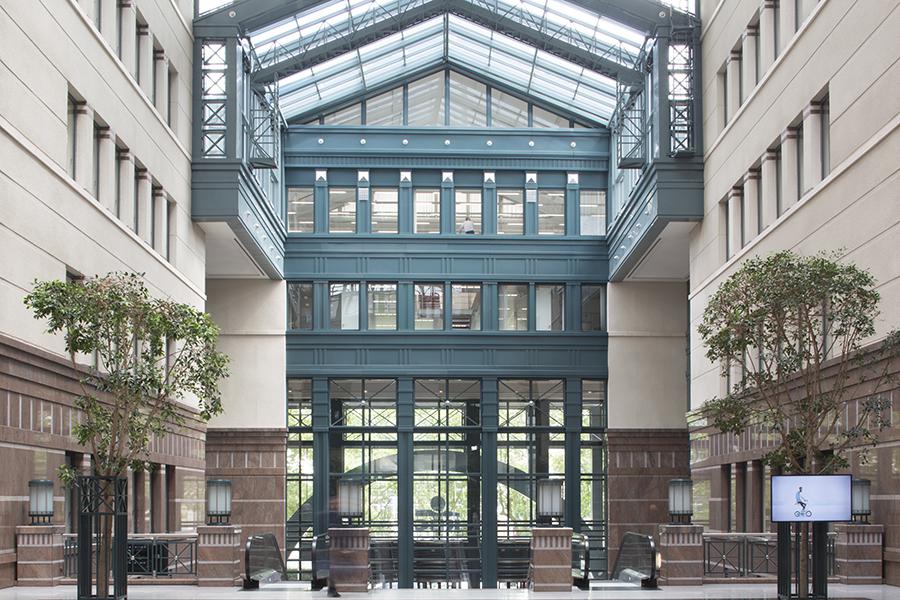This summer, the CIVA Foundation offers a unique perspective on half a century of town planning in Brussels. Two exhibitions take a distinctive look at the development of urban planning and architecture in Brussels and at the treatment of the city’s heritage: Save | Change the City – Unbuilt Brussels #01 examines Brusselisation, in which, at the urging of property developers and politicians, everything had to give way to what was called modern architecture. Corporate Arcadia focuses mainly on the architecture of the 1990s and the early years of this century and how it has shaped the appearance of Brussels today.
Volwassenen: 10€
Groepstarief: 8€
Studenten en senioren: 5€
-18 jaar: gratis
Countless books and exhibitions have presented their visions of Brussels over recent decades, often with an emphasis on sustainability. Corporate Arcadia, however, looks at what was actually built. With a particular focus on the 1990s and on the early years of the new century, the exhibition shows how the corporate architecture of company offices, bank headquarters, and hotels has shaped the panorama of Brussels since the Brussels-Capital Region was established in 1989 – the sort of buildings that are rarely considered from the point of view of architectural culture. The exhibition aims to fill that gap and to bring architectural curiosity to bear on key projects that have become highly visible features of the urban landscape over those years.
Corporate Arcadia combines the language and codes of architecture with those of contemporary art. Its somewhat provocative choice of subject matter is further underlined by Armin Linke’s photographs of the buildings in question, which detect beauty in the overlapping of architecture, interior design, and everyday social functions. The curators have also linked particular pairs of buildings: for example, two constructed by the same company at different times, or built on the same site, or designed by the same architects, or with similar goals. These are presented in relation to a specific architectural theme, often in collaboration with the actual architects involved.
As a result of these pairings, different issues gradually emerge that go beyond the local details of 1990s Brussels: the (re)construction of the city, caught between a new sensitivity to the built environment and the pressing need for office space in the new capital of Europe; the involvement of internationally renowned architects with local businesses; the evolution of clients and the development of architectural practices from individual operations into group practices; the stylistic crisis, with even the work of a single architect tacking between the international style and eclecticism, with leanings towards art deco, classicism, Gothic architecture, and hi-tech; monumentalism and its architectural apparatus (in facades, atriums, mirrors, etc.); the idea that a building implies its own way of life and is a city within the city, a total work of art – an Arcadian undertaking, in a sense.
Exhibition curators: Sophie Dars and Carlo Menon
Photographies: Armin Linke
Edition: Überknackig
Guided Tours (CIVA Thursdays)
In the context of the exhibition, guided tours are being organised every Thursday evening during summer. These tours are free, once you have bought a ticket for the exhibition. Arkadia (FR) and Korei (NL) provide guided tours through the Save | Change the City and Corporate Arcadia exhibitions as from 6pm. We also asked a number of well-known Brussels figures (including the Brussels Region’s Chief Architect Kristiaan Borret, writer Geert Van Istendael and architect Benoit Moritz) to take visitors through their Brussels the very same night. A Brussels that they have known, have seen change…or have dreamed. With the exhibition serving as a as a kind of guidebook.
